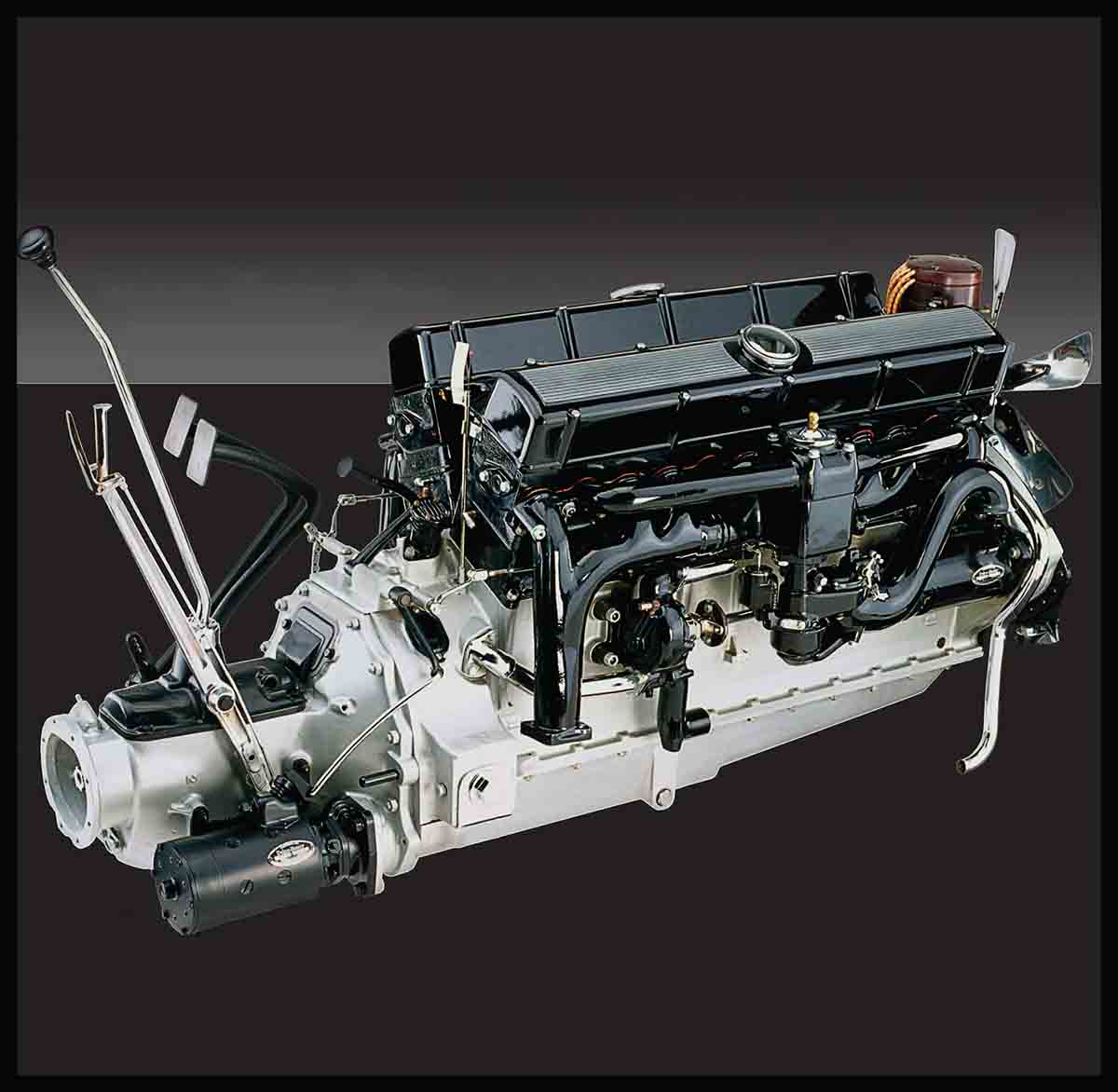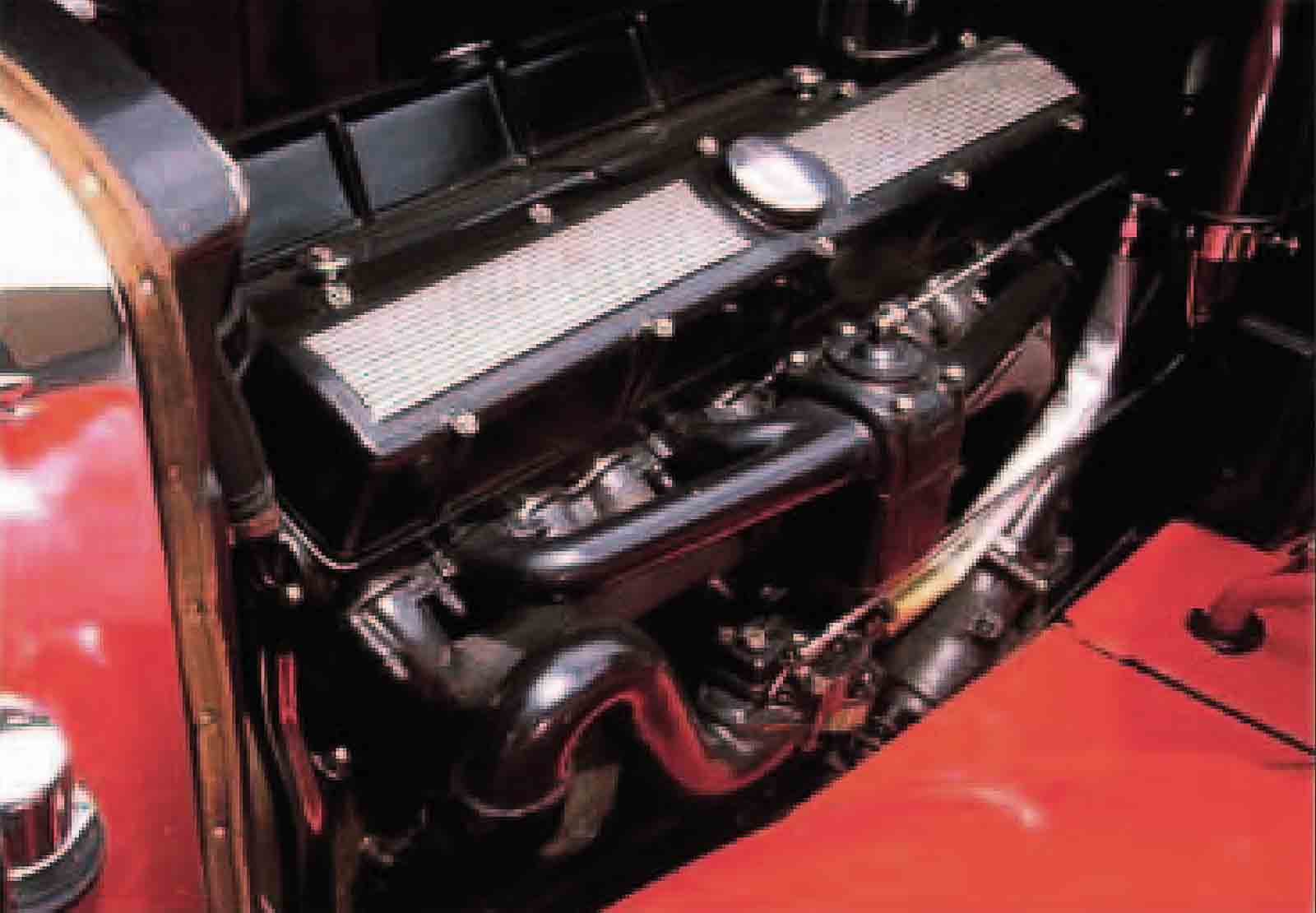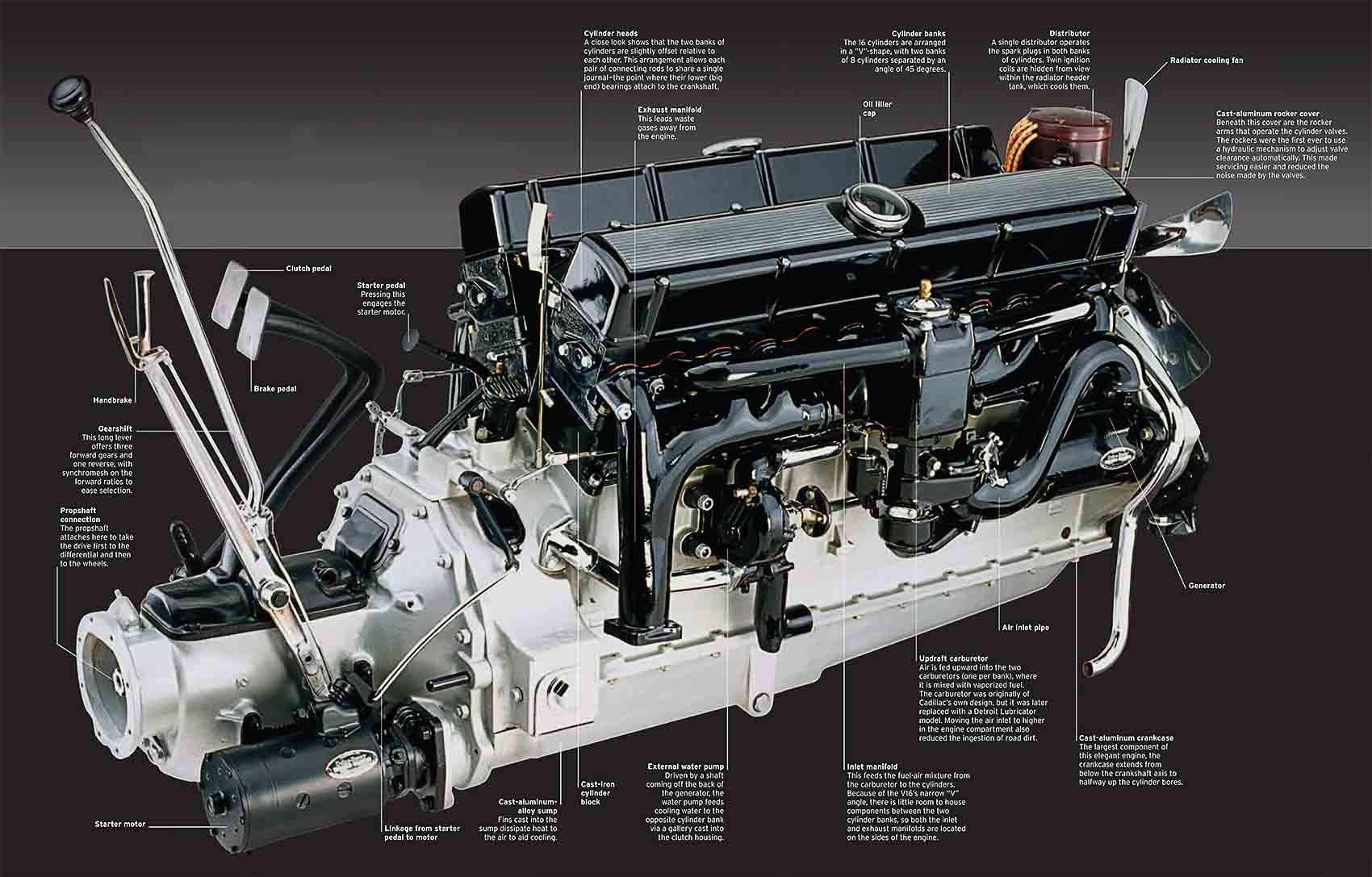
Cadillac V16
In 1926, perceiving that its customers wanted more power and greater refinement, U.S. luxury car maker Cadillac began developing a new breed of multi-cylinder engines. The result was the extraordinary V16, intended to outdo the V12 of its main competitor, Packard.
A CASE OF BAD TIMING
An engine with more cylinders gives greater power than one of equivalent capacity but fewer cylinders. An engine with more cylinders also fires more times for each crankshaft revolution, giving a smoother delivery of torque (turning force). These were the reasons that Cadillac chose a V16 for its new luxury car—a configuration that, later in the 1930s and in supercharged form, would impress in Ferdinand Porsche’s Auto Union racing cars. Although the Cadillac V16 delivered all that was expected of it, its success was limited by the Great Depression and the outbreak of World War II.

ENGINE SPECIFICATIONS
| Dates produced | 1930-1940 (two versions) |
| Cylinders | Sixteen cylinders, 45-degree “V” (later 135-degree “V”) |
| Configuration | Front-mounted, longitudinal |
| Engine capacity | 452cu in (7,413 cc) |
| Power output | 165 bhp @ 3,400 rpm |
| Type | Conventional four-stroke, water-cooled gas engine with reciprocating pistons, distributor ignition, and a wet sump |
| Head | ohv operated by pushrods and rockers; two valves per cylinder, hydraulic tappets |
| Fuel System | Single carburetor per bank |
| Bore and Stroke | 3.0 in x 4.0 in (76.2 mm x 101.6 mm) |
| Specific power | 22.3 bhp/liter |
| Compression Ratio | 5.35:1 |

The V16’s smaller brother
Not only did Cadillac surpass the engines of its competitors with its V16, but it also matched them with a smaller V12. This was effectively its V16 engine with four cylinders taken off, although the cylinder bore was increased by 0.125 in (3.2 mm) to give a capacity of 368 cu in (6,033 cc). Because it retained the V16’s 45-degree bank angle, instead of having the natural 60-degree “V” of a V12, cylinder firing was uneven, but the engine’s smoothness remained acceptable.
It is a quote. The Definitive Visual History Of The Automobile 2011




